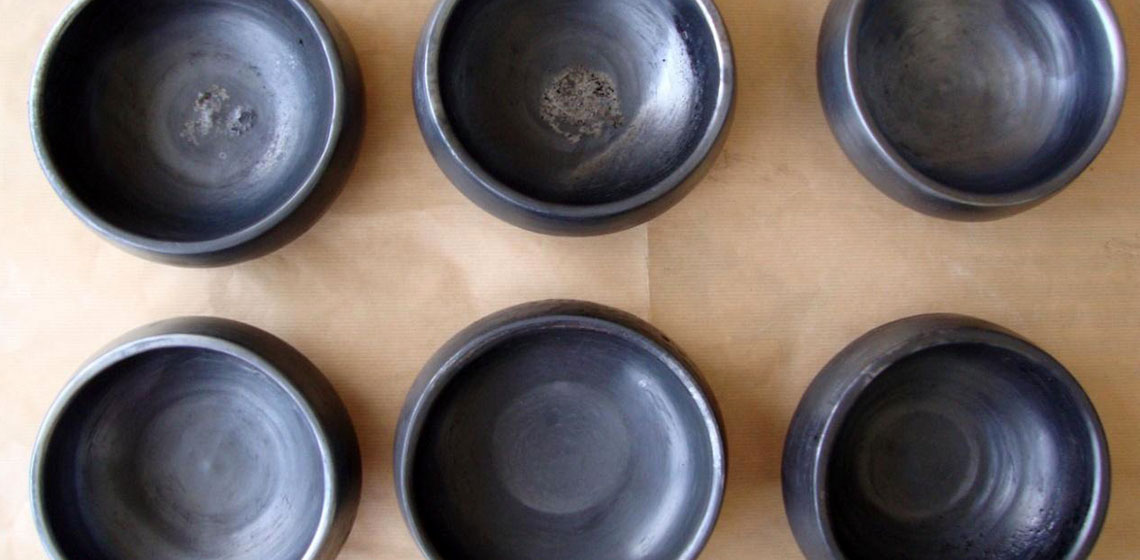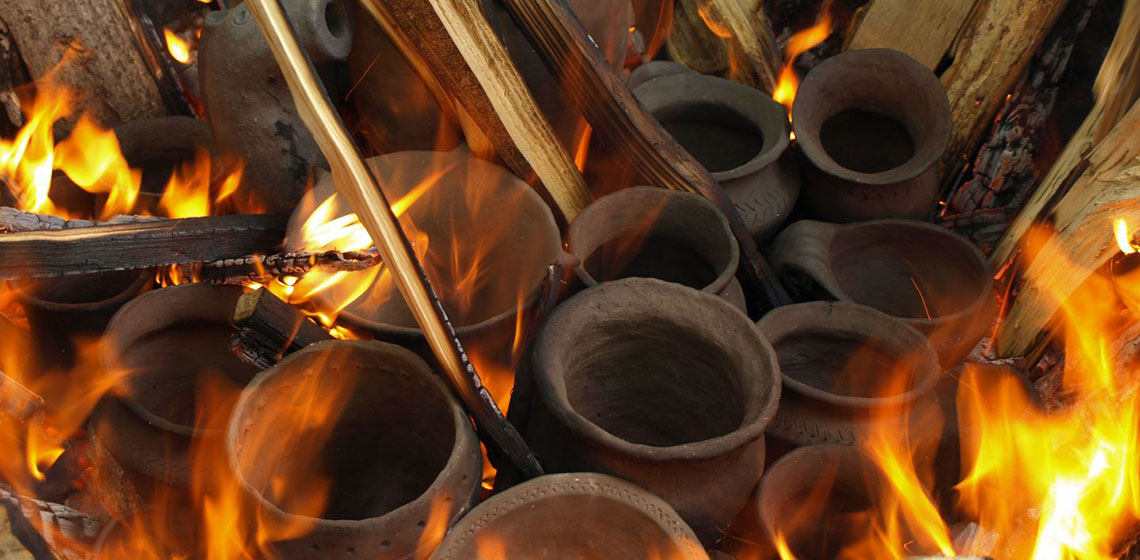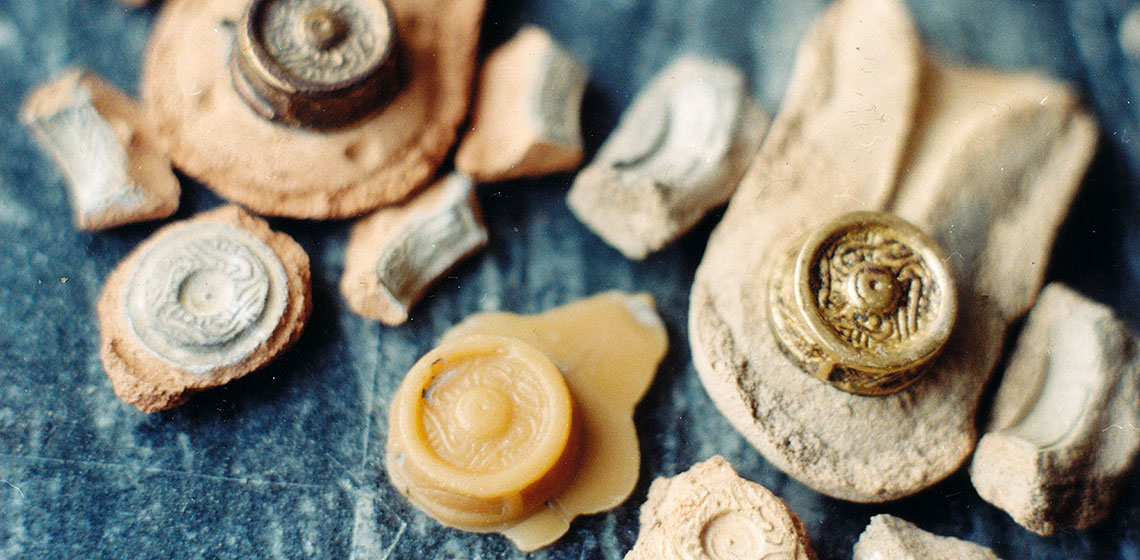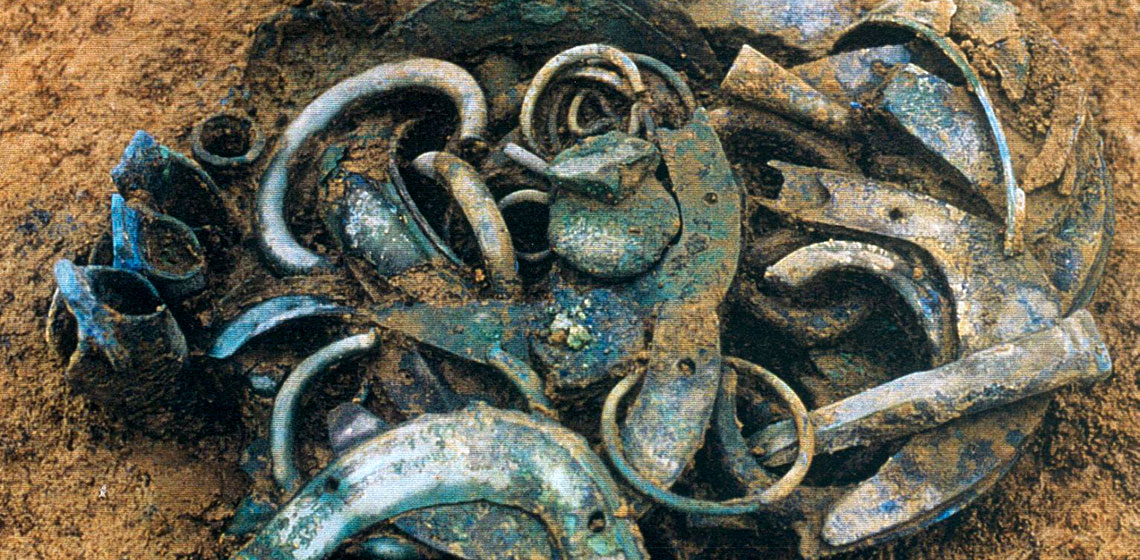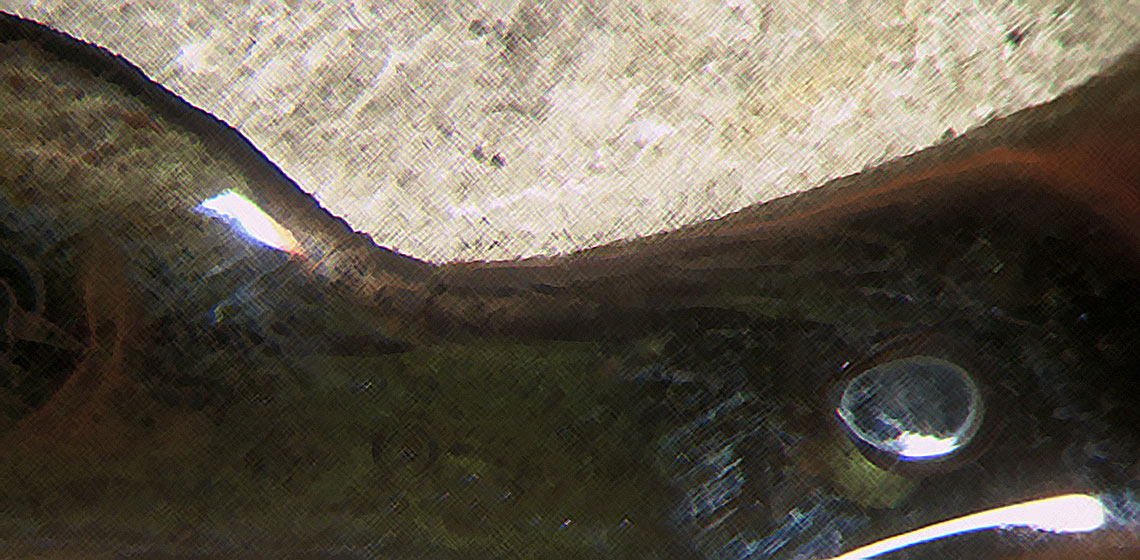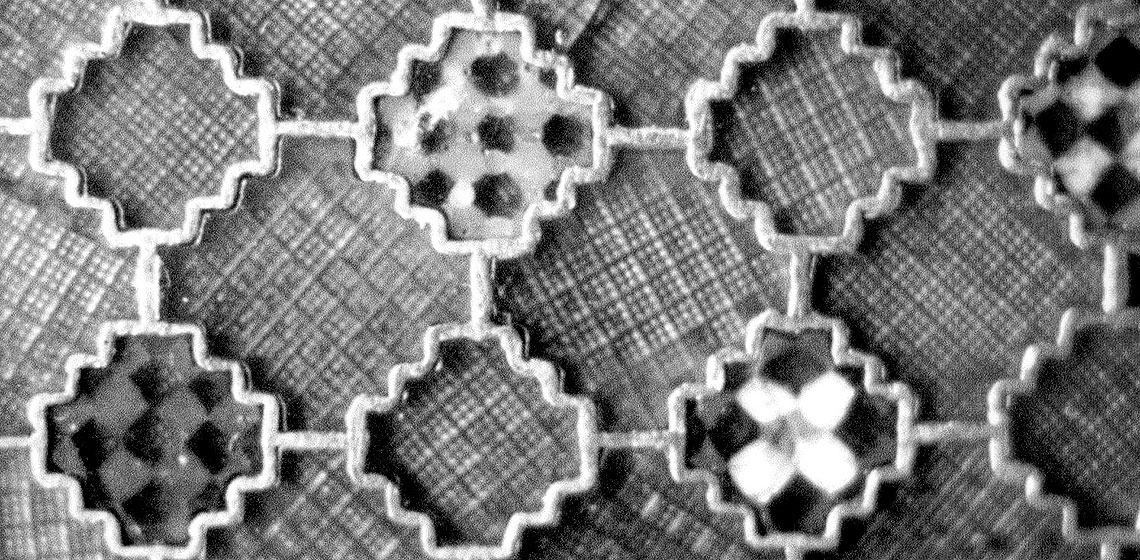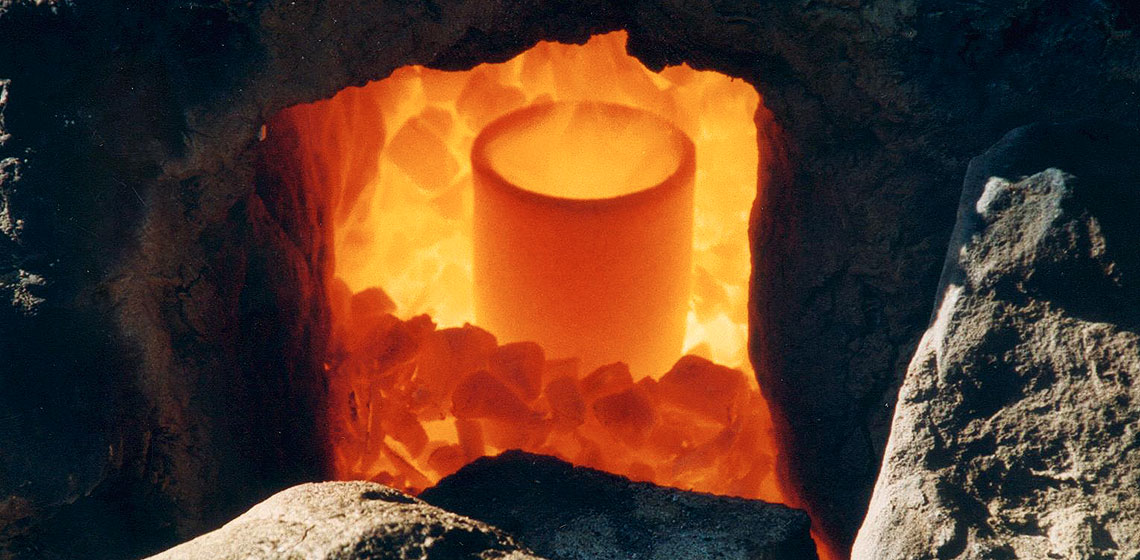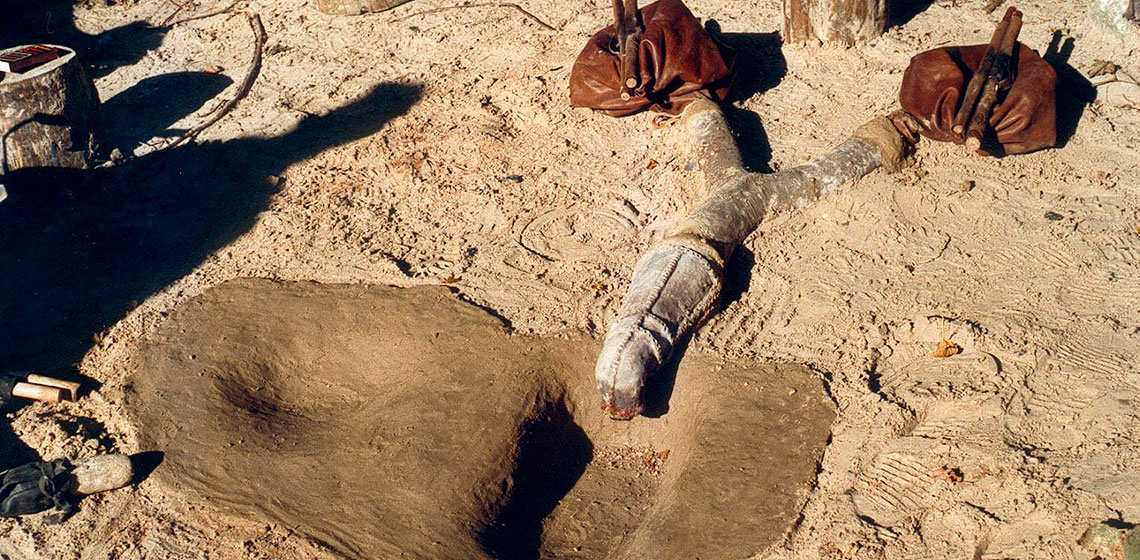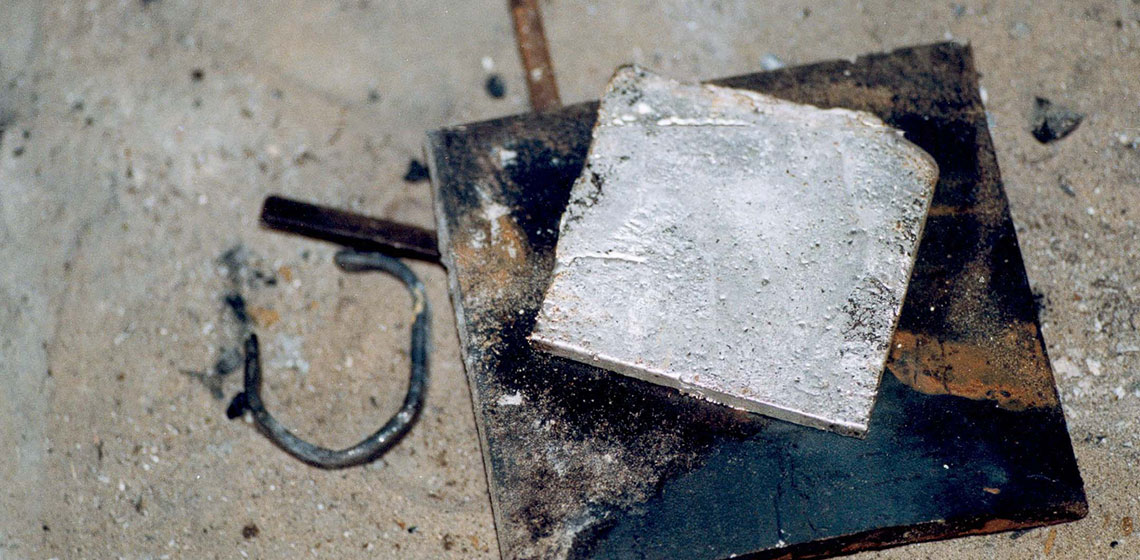Experimental Lime Burning Based on the Findings from the Roman Empire Period
In 2006 the remains of two lime kilns from the Roman Empire period were discovered in Tuněchody near Chrudim in the Czech Republic. These finds became the object of a detailed multidisciplinary research project resulting in hypotheses on the use of the kilns. Based on these hypotheses experimental research was designed (Thér et al. 2010)...


